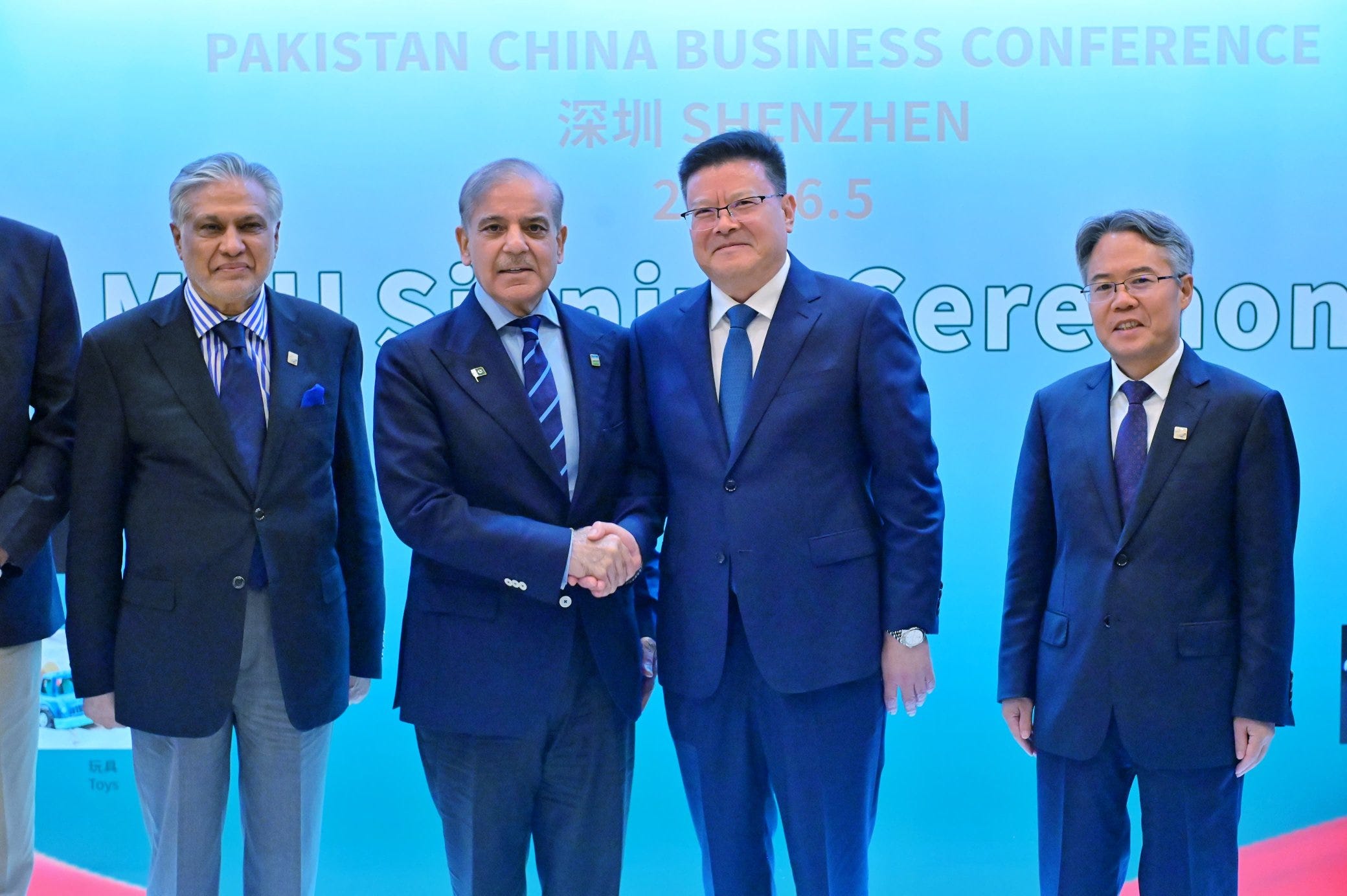What Pakistan can gain from Pm Shehbaz Sharif's visit to China?
An indepth analysis of Pakistan's expectations and China's response

Prime Minister Shehbaz Sharif is currently on a crucial five-day visit to the People's Republic of China. This visit, his first since assuming office, comes at a critical juncture for Pakistan's economy, which is grappling with significant challenges. The importance of this visit cannot be overstated, given the historical and strategic ties between Pakistan and China, and the economic lifeline that Chinese investment could provide.
A Strategic Agenda
During his visit, Prime Minister Sharif is scheduled to meet with top Chinese leadership, including President Xi Jinping and Premier Li Keqiang. These meetings are pivotal, as they will set the tone for future bilateral relations and economic cooperation. In addition to Beijing, the Prime Minister will visit Shenzhen and Xi'an, two cities that symbolize China's rapid economic growth and technological advancement.
The agenda for these meetings is ambitious. The primary focus is on attracting Chinese investment in key sectors such as oil and gas, energy, information and communication technologies, and emerging technologies. By engaging with Chinese business leaders and government officials, Pakistan hopes to secure much-needed financial commitments that could bolster its struggling economy.
Economic Context and High Stakes
The visit is particularly significant given the economic challenges faced by the Pakistan Democratic Movement (PDM) 2.0 government. The government has been under intense pressure to revive the economy, and Chinese investment is seen as a potential game-changer. The visit aims to reassure both the Pakistani public and the international community that Pakistan is a viable destination for investment.
One of the key objectives is to kickstart the second phase of the China-Pakistan Economic Corridor (CPEC). CPEC has been a cornerstone of Pakistan-China relations, with significant investments in infrastructure and energy projects. However, the second phase of CPEC has faced delays and challenges, and the government is keen to revitalize this initiative.
Security Concerns: A Major Hurdle
Despite the optimistic outlook, there are significant challenges that could hinder the success of the visit. Security remains a critical concern for Chinese investors. The tragic attack in March this year, where five Chinese engineers were killed in Shangla, has cast a long shadow over bilateral relations. Despite compensation payments and diplomatic efforts to address security concerns, attacks on Chinese nationals continue to pose a serious risk.
China has repeatedly emphasized the need for improved security measures for its nationals working in Pakistan. The issue has been a recurring theme in meetings between Pakistani and Chinese officials. Until tangible progress is made in addressing these security concerns, it is unlikely that China will commit to substantial new investments.
Financial Frustrations: An Ongoing Issue
Another significant challenge is the financial frustrations faced by Chinese companies operating in Pakistan. The government of Pakistan owes Chinese power producers more than 500 billion rupees, creating a substantial financial strain. These companies are unable to repatriate their profits, which undermines their business interests and discourages further investment.
The case of the 300-megawatt power plant in Gwadar is a prime example of these challenges. Despite an agreement signed in 2015, the project has seen little progress. Bureaucratic delays and changes in project specifications have frustrated Chinese investors, who are now hesitant to commit to new projects in Pakistan.
Political Instability: A Deterrent to Investment
Political instability in Pakistan further complicates the situation. The recent elections, which were marred by allegations of rigging, have not brought the stability that investors seek. The ongoing legal issues involving prominent political leaders, such as Imran Khan, add to the uncertainty. Chinese investors are understandably cautious about committing to long-term projects in such an unstable environment.
The Reality of CPEC
The Pakistani government often presents an optimistic view of CPEC, portraying it as a game-changer for the country's economy. However, Chinese academics and officials have a more pragmatic view. They see CPEC as a business transaction rather than a transformative initiative. This difference in perception creates additional challenges for bilateral relations and future investments.
Chinese academics have also highlighted issues such as the dominance of one province, Punjab, in the allocation of CPEC benefits. This has led to resentment in other provinces, particularly Balochistan, which feel left out of the development process. The Chinese are aware of these internal dynamics and factor them into their investment decisions.
Potential Outcomes of the Visit
Given the myriad challenges, what can realistically be expected from Prime Minister Sharif's visit to China? While major new investments are unlikely, there could be some positive developments. One potential success is the agreement to proceed with the first phase of the Mainline One railway project. This long-pending initiative, valued at approximately $6.7 billion, could see renewed momentum if both sides agree on the terms.
Additionally, there may be agreements on smaller-scale projects and enhanced cooperation in specific sectors. However, these will likely be accompanied by continued Chinese demands for improved security and financial stability. The visit will also include high-profile photo opportunities and joint statements emphasizing the strong bilateral ties, but substantial new investments are not expected.
While the visit underscores the strategic importance of Pakistan-China relations, the realities of security concerns, financial frustrations, and political instability pose substantial hurdles. The outcome of the visit will likely include symbolic gestures of cooperation and potentially some progress on existing projects, but major new investments from China remain uncertain.
You can also watch my video analysis on this topic:
Best regards,
Adnan Aamir




